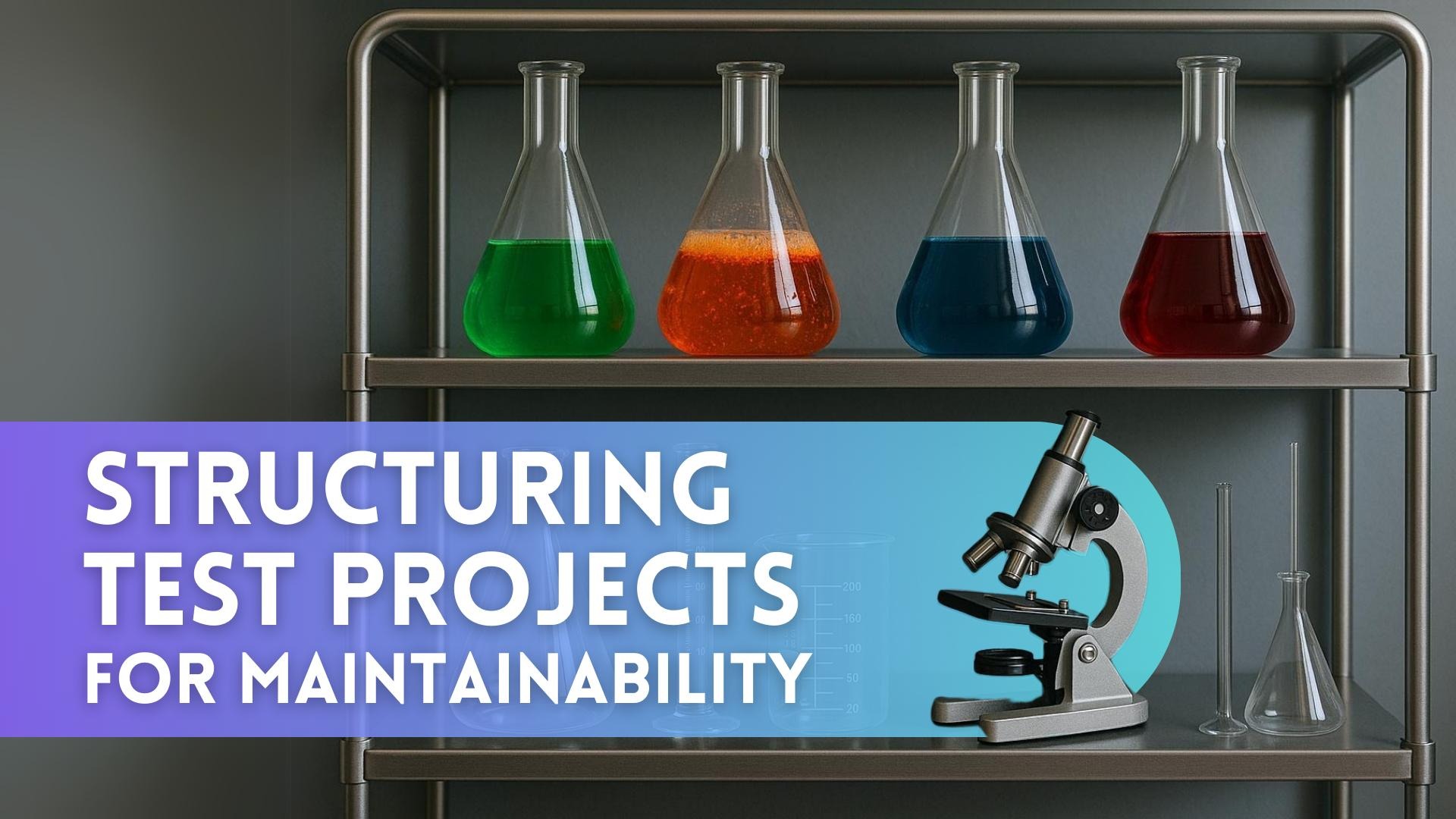Articles about: Posts

Writing automated tests is only half the battle. Debugging them when something goes wrong is often the bigger challenge — especially when the test runner hijacks the console output or tests run in parallel. The fastest way to identify the source of a problem is to visualize the flow. Imagine being able to see exactly what’s happening in your tests and in the application under test. With OpenTelemetry, that’s entirely possible.
... Read More
Writing automated tests is an essential part of any software development process — but organizing test code is often an afterthought. In this post, I’ll share a simple and maintainable project structure for managing tests. I’ll also outline some practical tips that have helped me keep test suites clean, concise, and easy to extend over the years.
... Read More




GraphQL is a query language for APIs that allows clients to request exactly what they need, making data retrieval more efficient than traditional REST APIs. It supports three different types of client-server interaction: queries, mutations and subscriptions. When you start integrating a GraphQL API as a consumer in your application, it’s likely that you’ll need to write automated tests to ensure that the integration works correctly. In this blog post, I will show you how to mock GraphQL queries using WireMock.NET.
... Read More
In this blog post I describe the typical problems caused by the usage of Setup and Teardown method in dotnet tests and how those problems can be solved by using only C# language features.



In the second installment of my blog post series on WireMock.NET, I will be discussing some of the most common problems that developers encounter while using the library. WireMock troubleshooting can be quite time consuming, especially when you don’t know the drill. I hope that my guideline will save you a lot of time.
... Read More


The purpose of this article is not to criticize the MediatR library. MediatR is a tool - and just like any tool, it has its own scope of application, and being used incorrectly might do more harm than good. This blog post summarizes my thoughts about using MediatR for supporting CQRS architecture.
... Read More


In this blog post, I’m going to share my experience on testing ASP.NET Core applications by applying an unconventional method called snapshot assertions. In comparison to the classical approach, this method should save you a lot of time and improve assertions maintainability.
























A few months ago I published “Demystifying ELK stack” article that summarizes my knowledge about setting up and configuring the system for collecting, processing and presenting logs, based on Filebeat, Logstash, Kibana, and Elasticsearch. Since then I’ve learned a few new DevOps things which help me and my teammates to work more effectively with ELK. I think they’re worth sharing.
... Read More


















TortoiseSVN has a function named simply “rename” which allows you to change the file name and keep the file history as well. But what if we change the file name for example during refactoring using Visual Studio? Are we fated to lose file history? Fortunately TortoiseSVN has an interesting option called “repair move”.
... Read More

